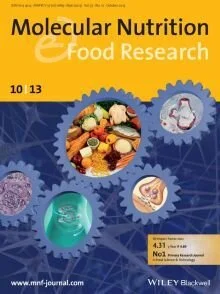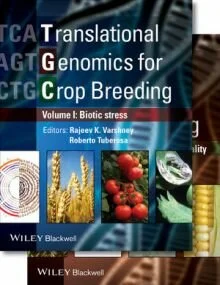 A relatively “easy” way of treating hypertension is a change in diet. This is due to, in part, the bioactive peptides with antihypertensive activity in various food proteins that are released during digestion. In this context, Arg-Phe (RF) is the molecule with the most potent vasorelaxing effect to date. Dr. Kousaku Hinata and colleagues from the Graduate School of Agriculture at the Kyoto University investigated whether there were more peptides containing the RF sequence with similar features. In their study published in the journal Molecular Nutrition and Food Research the team focused on protease hydrolysate of rice glutelin and discovered a new tetrapeptide: Ile-His-Arg-Phe (IHRF). In further experiments with spontaneous hypertensive rats the group demonstrated that IHRF is even more potent and persisted longer after oral administration than RF. To understand the mechanism of the antihypertensive activity of IHRF and to get to know more of the peptide’s features read the article online. / Maresa Groten
A relatively “easy” way of treating hypertension is a change in diet. This is due to, in part, the bioactive peptides with antihypertensive activity in various food proteins that are released during digestion. In this context, Arg-Phe (RF) is the molecule with the most potent vasorelaxing effect to date. Dr. Kousaku Hinata and colleagues from the Graduate School of Agriculture at the Kyoto University investigated whether there were more peptides containing the RF sequence with similar features. In their study published in the journal Molecular Nutrition and Food Research the team focused on protease hydrolysate of rice glutelin and discovered a new tetrapeptide: Ile-His-Arg-Phe (IHRF). In further experiments with spontaneous hypertensive rats the group demonstrated that IHRF is even more potent and persisted longer after oral administration than RF. To understand the mechanism of the antihypertensive activity of IHRF and to get to know more of the peptide’s features read the article online. / Maresa Groten
See article online: Kontani N. et al. Characterization of Ile-His-Arg-Phe, a novel rice-derived vasorelaxing peptide with hypotensive and anorexigenic activities. Mol. Nutr. Food Res. 2013
For more articles on Molecular Nutrition and Food Research



